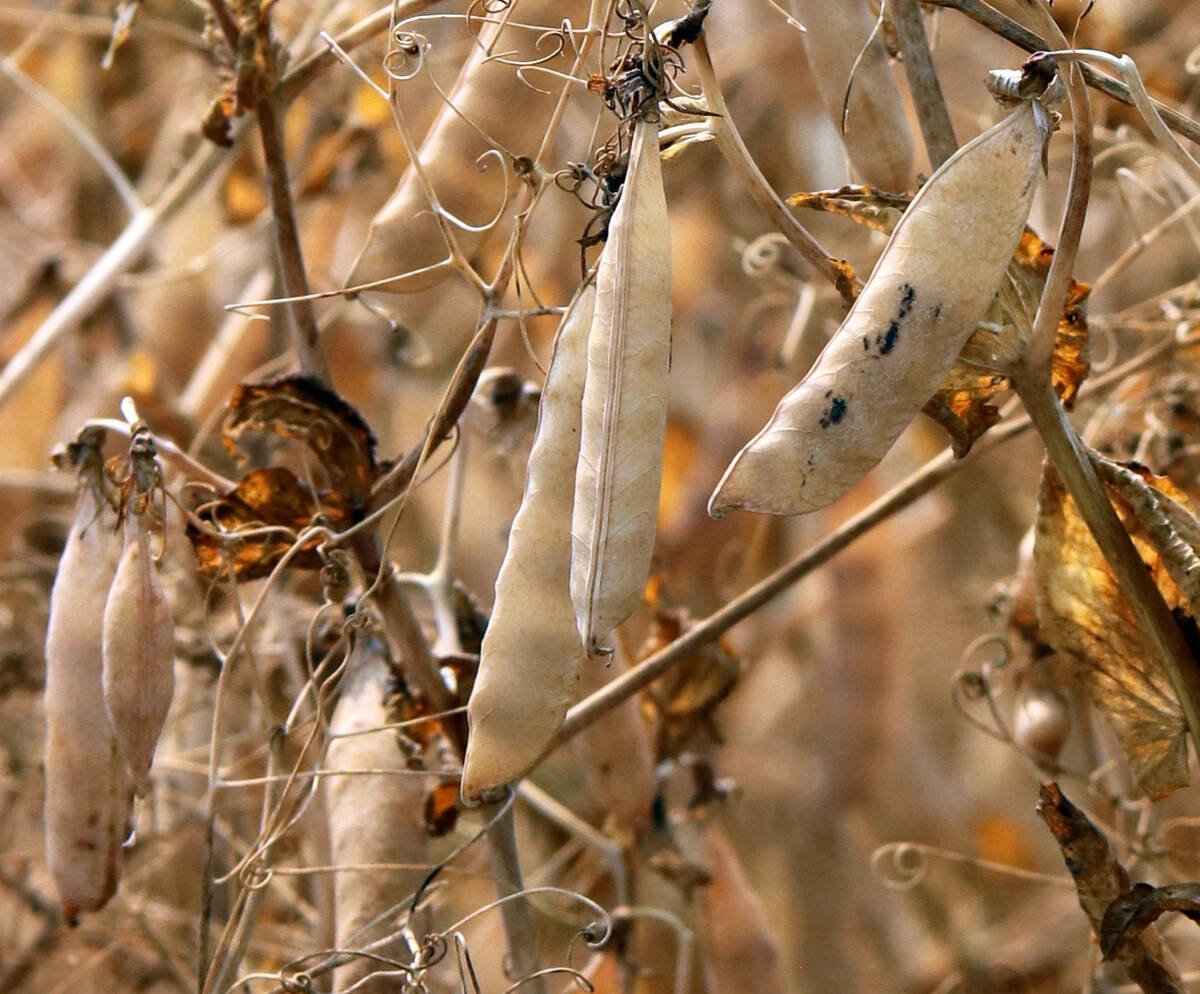WINNIPEG (Staff) – A task force which involved community, private sector, railway and government stakeholders said it has found “positive and cost-effective” ways to rescue the beleaguered rail line and port.
The report, released last week, states there’s plenty of opportunity for Churchill, if governments pay to maintain and improve the rail line and grain elevator, and more volume is shipped through the port.
It estimates the following costs:
- Repairing and upgrading harbor and wharf facilities during the next four years: $27 million.
- Improving the grain elevator during the next nine years: $28 million.
- Stabilizing and maintaining the 500 kilometres of rail from Thompson to Churchill over the next 20 years: $91 million.
Read Also

Trump’s tariffs take their toll on U.S. producers
U.S. farmers say Trump’s tariffs have been devastating for growers in that country.
Recommendations in the report also hinge on replacing outdated boxcars now used to ship grain to the port.
To break even, the port needs to ship at least 600,000 tonnes of freight. Right now, it handles about half that. But a million tonnes are needed each year for the next 10 years to cover operating costs and capital improvements.
For CN to break even, 1.5 to 1.8 million tonnes of grain have to roll through the northern track.
The task force recommends that governments fund a “Gateway North” marketing agency to promote the route. The agency would cost about $350,000 each year.
The task force said it will take at least five years to get the traffic going into the black, assuming that:
- The Canadian Wheat Board marginally increases its exports through the port.
- The Canadian International Development Agency uses it to ship 50,000 tonnes of food aid.
- Aluminum hopper cars work on the track.
- 80,000 tonnes of canola and special crops are shipped through the port this year, increasing to 800,000 tonnes in four years.
- Two-way trade with Eastern Europe increases to 205,000 tonnes by the year 2000.
- Other freight moved through the port remains constant at 35,000 tonnes.
The report details possible pay-offs for government investment, apart from more grain trade.
Akjuit Aerospace has begun constructing SpacePort Canada at the former Churchill Research Range. Unless the rail infrastructure is improved, the project will not go ahead.














